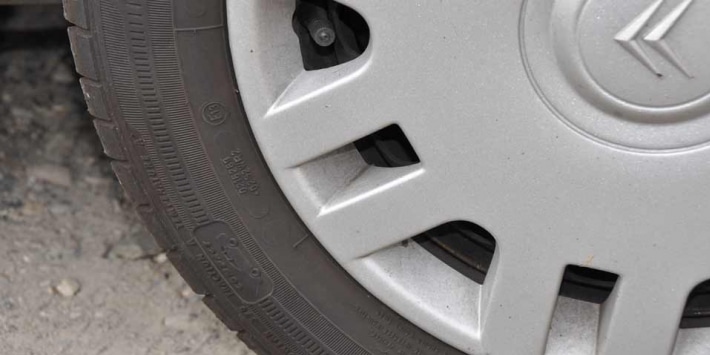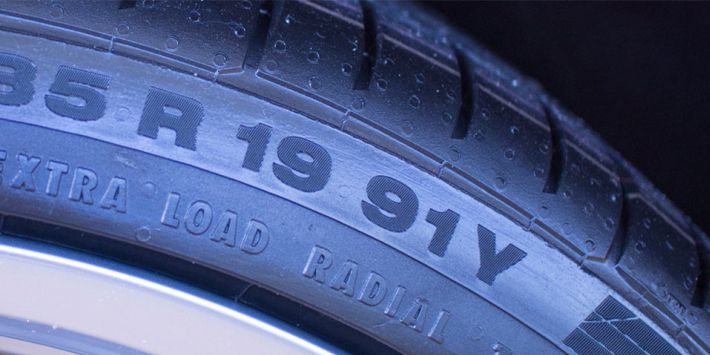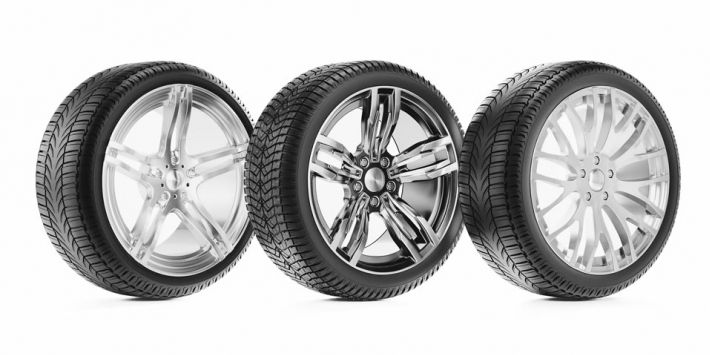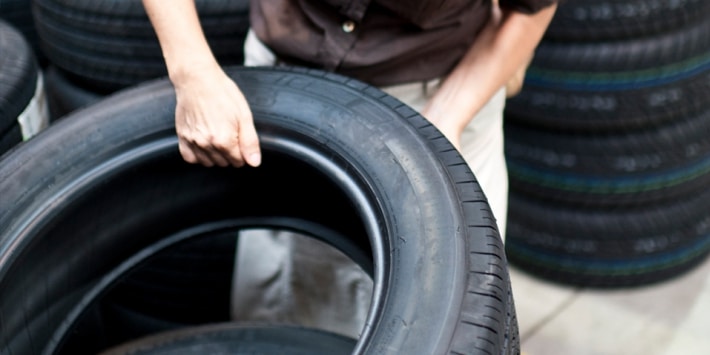Are you wondering what flexibility you have in terms of changing your tyre size? Perhaps you’re looking to save money by opting for a cheaper size or maybe your original tyre size is temporarily unavailable on the market. Some drivers also choose to change their tyre size to improve the handling of their vehicle or its appearance. So, how can you safely change your tyre size and remain within the law? Here are your 2 main options at a glance...
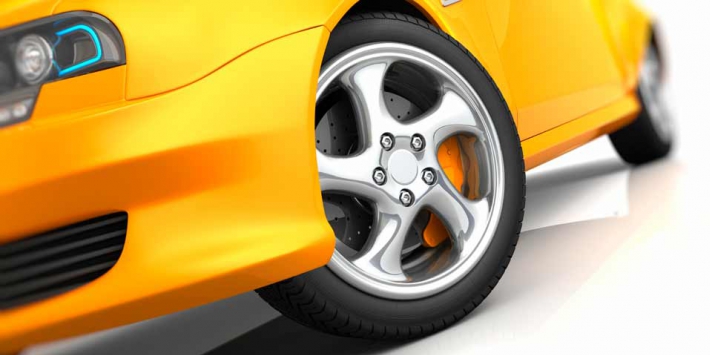
1. Choose from the tyre sizes approved by your manufacturer
This is the solution we recommend as it is risk-free. Your car manufacturer has determined which tyre sizes are suitable for your vehicle. These tyres will guarantee you maximum performance and safety.
Tyre sizes approved for your car are usually marked on the inside pillar of the driver’s door or in the vehicle’s technical documentation. You can also find them by using our search by vehicle function.
Find approved tyre sizes for my vehicle
2. Fit an equivalent size, while meeting strict criteria
Tyre size conversion tables or a tyre size calculator can be used to find equivalent sizes which, in principle, could be a suitable replacement for your original tyres.
When calculating equivalent sizes, you need to consider the following:
- The external tyre diameter must be more or less the same as that of the original one (+/- 3%) to maintain the accuracy of the speedometer and driving aid settings such as ABS and ESP as well as the gearbox components
- The speed rating and load index must be the same or higher than those of the original tyre (except if you are replacing a summer tyre with a winter tyre, subject to lower speeds in winter conditions).
Remember, tyre size conversions do not take into account your vehicle’s technical characteristics and theoretical equivalents might not work for your vehicle in reality. For example you may find that it’s not possible to fit a tyre since it touches the suspension, or that the tyre protrudes beyond the wing of the vehicle…
In conclusion, to avoid any problems, we recommend you opt for a tyre size approved by your manufacturer.
This guarantees:
- A tyre perfectly adapted to your vehicle’s configuration
- Maximum performance and safety
- No problems with your MOT, or insurance coverage in the event of an accident.

